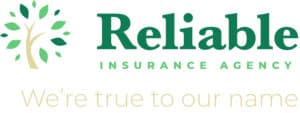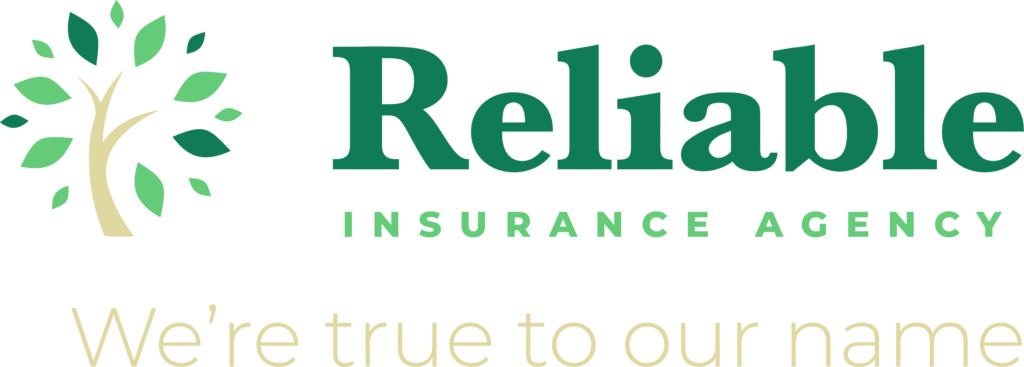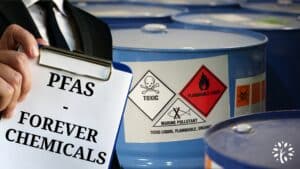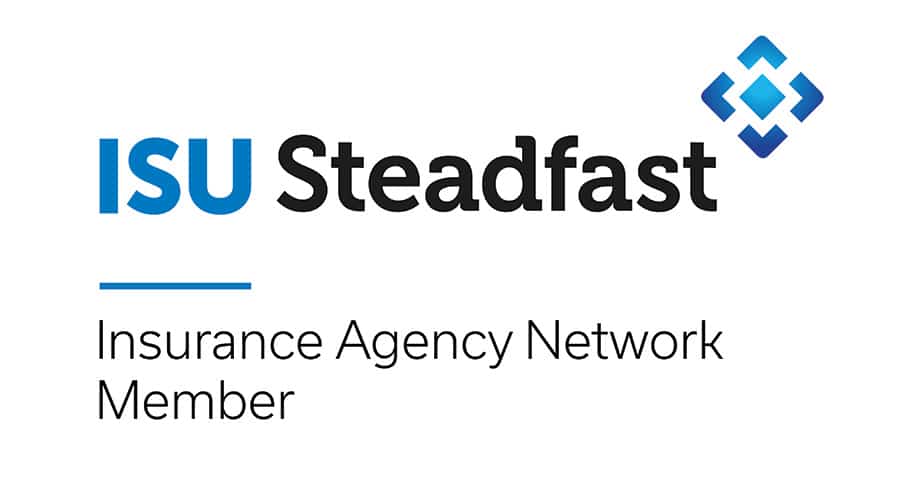What Can Hurricanes Helene and Milton Teach Us About Home Insurance?
Hurricane Helene and Hurricane Milton left behind a path of destruction, with families and businesses losing what mattered most. Even more alarming is that only 2% of the affected homes had adequate flood insurance. Some homeowners didn’t buy insurance due to the cost, while others chose to self-insure. Unfortunately, many were unaware that they could have obtained insurance for flood and water damage. Having it may have protected them during this difficult time.
While these storms may seem distant, their lessons apply to Minnesota and Wisconsin too. Heavy spring rains and melting snow can lead to rising waters, putting many homes at risk for water damage.
Let’s learn how home insurance covers flood and water damage and break down the different types of water-related risks. And let’s see how these risks could affect those of us that don’t live in a designated flood zone.
What Does Homeowners Insurance Cover?
Homeowners insurance protects you from many potential perils. Water damage coverage becomes complicated very easily. Insurance policies don’t treat all water damage the same way and is an unwelcome surprise to the homeowner. Learn the differences between types of water damage to ensure you remain fully protected.
Protection is provided by a properly written homeowner’s insurance policy. Water damage coverage, however, becomes complicated very easily. Many people are surprised to learn that not all water damage is treated equally in the eyes of insurance policies. Understanding the differences between types of water damage can help you ensure you’re fully protected.
Common types of water-related damage and the insurance coverage needed for each:
1. Water Intrusion
Water intrusion occurs when water enters your home from external causes, such as roof leaks or broken windows during storms. Standard homeowners insurance usually covers this type of damage if it results from a covered peril, like wind or hail. For example, strong winds in northern Minnesota could blow shingles off your roof. If that happens, and water seeps in and causes damage, your policy would typically cover the repairs.
2. Catastrophic Flooding
Flooding is different from typical water intrusion. It’s usually defined as water rising from the ground due to an overflowing body of water, heavy rains, or storm surges—like what we saw all over the Northland this spring and early summer. Flood insurance, which is not included in a standard homeowners policy, is required to cover this type of damage. Most homeowners impacted by the recent hurricanes didn’t have this coverage, leaving them with massive repair costs.
In our region, catastrophic flooding might not seem like a significant risk, but recent events, such as the flooding in June of 2012, remind us that it’s very possible, especially in low-lying areas or near lakes and rivers.
3. Water Runoff
Water runoff refers to rainwater that flows over land and enters homes, often due to poor drainage or heavy rain overwhelming the area. This is a common issue in rural parts of Minnesota and Wisconsin where natural landscapes can’t always handle extreme rainfall. Be aware: this kind of damage is not covered under regular homeowners insurance—it, too, would require a flood insurance policy.
4. Stormwater and Sewer Backup
An often-overlooked source of damage is stormwater or sewer backup, which can occur during heavy rainstorms or flash flooding. When the sewer systems become overwhelmed, they can back up into homes through drains and toilets. Standard home insurance usually doesn’t cover this kind of damage, but you may be able to add a sewer backup endorsement to your policy for protection. With the heavy rains we experience here, particularly in spring and early summer, this can be a crucial addition to your insurance plan.
5. Sudden and Accidental Water Damage
Water heaters burst and pipes freeze. Each is common to those of us that live in Wisconsin or Minnesota. Coverage would generally be provided under a standard homeowners insurance policy. However, insurance may not cover damage caused by poor maintenance or gradual leaks, so it’s important to stay on top of home upkeep. The policy may not cover that burst water heater, but it would most likely cover the resulting cleanup.
Flooding in Minnesota and Wisconsin
While it’s easy to see events like Hurricane Helene as far-off catastrophes, the reality is that water-related damage can happen anywhere—and our region is no exception. Heavy rains, rapid snowmelt, and the many lakes and rivers we enjoy can all contribute to water risks, whether through runoff, floods, or sewer backups.
Take, for example, the lesson learned from the 2012 storms. As much as 10 inches of rain fell across Lake, St. Louis, Carlton, Aitkin, and Pine counties causing severe flooding that lead to widespread damage to homes and infrastructure. Over $100 million dollars of damage was done to public infrastructure and an additional $40 million to private residences and property. But only 108 claims were NFIP claims, and they received a total of just $3 million in NFIP payouts. Many homeowners were shocked to find their regular insurance didn’t cover the flood damage, leaving them with overwhelming repair costs.
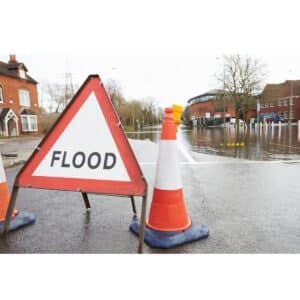
Protect Your Home and Finances
To safeguard your home, it’s crucial to understand what’s covered by your homeowners insurance policy—and where you might need additional protection. Here are some steps to make sure you’re covered:
- Review your policy to check if you have flood or sewer backup coverage.
- Talk to your insurance agent about adding flood insurance, especially if you live in a high-risk area or near a body of water.
- Consider preventive measures like improving drainage around your home, installing a sump pump, or investing in flood barriers.
Act Fast to Minimize Damage
If water damage does occur, time is critical! Delaying the cleanup process can result in further complications, such as mold growth, structural deterioration, and increased cleanup and repair costs. It is essential to contact a professional restoration company quickly to assess the damage and begin the drying process. Many restoration services, such as those provided by Dryco Restoration Services, are available 24/7, offering quick responses to minimize long-term issues. By acting fast, you can ensure your home is restored efficiently and prevent further problems from developing.
For homeowners in our region, Dryco Restoration Services has built a reputation as one of the most dependable and trusted go-to options for water damage cleanup and restoration. They are known for prompt, thorough service and can work directly with your insurance agent and carrier to make the claims process as smooth as possible. If you need assistance, you can reach Dryco at (218) 264-4619 or visit their website at DrycoDuluth.com.
At Reliable Agency, we partner with various local cleanup and restoration companies. If Dryco Restoration Services is not your preferred choice, we can help connect you with other trusted providers.
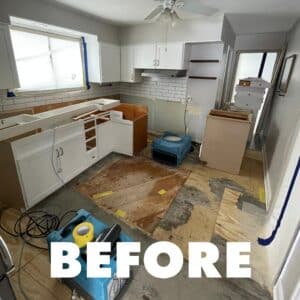

Learning from Helene and Milton
Hurricane Helene’s destruction serves as a stark reminder of how devastating water damage can be. While our region may not face hurricanes, flooding and water damage are still real risks that can catch homeowners off-guard. Taking the time to understand your insurance coverage now can save you from financial hardship down the road. Refer to the FEMA website for more detailed information. At Reliable Insurance Agency, we’re here to help you understand the complexities of home insurance and ensure that your coverage fits your needs—no matter what type of water-related risk your home might face. Don’t wait until it’s too late. Contact us today for a policy review or to discuss if adding flood insurance to your plan is a smart move for your unique situation.
